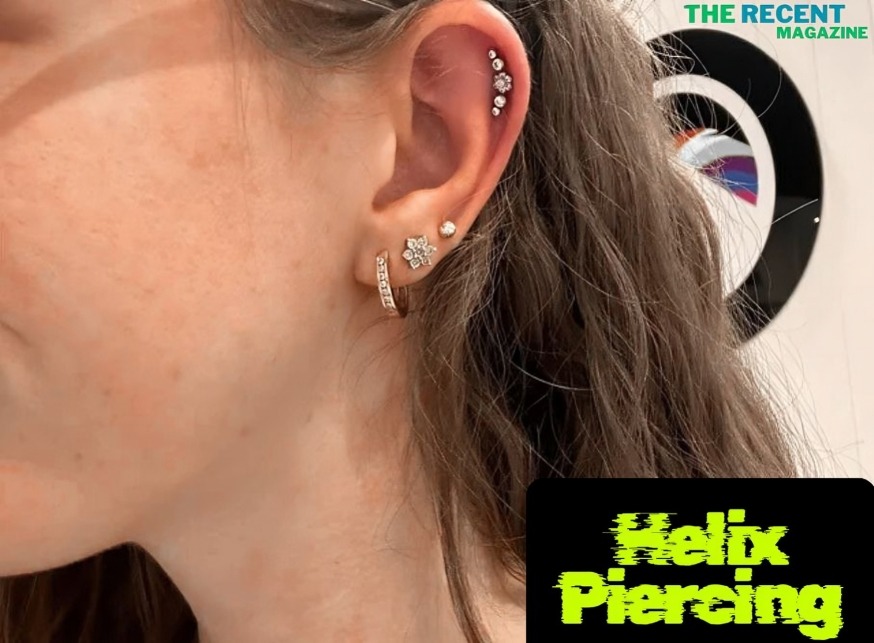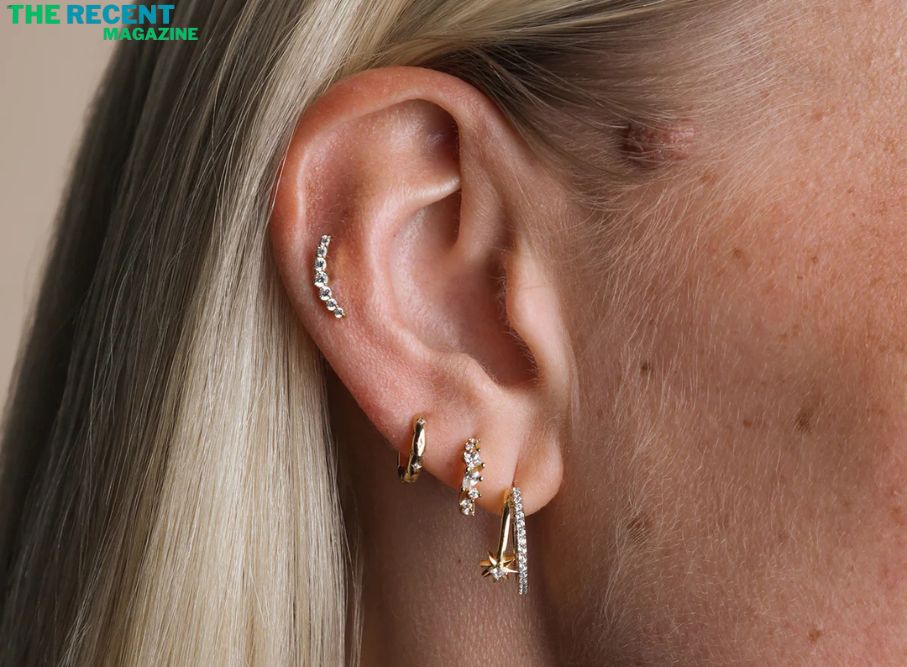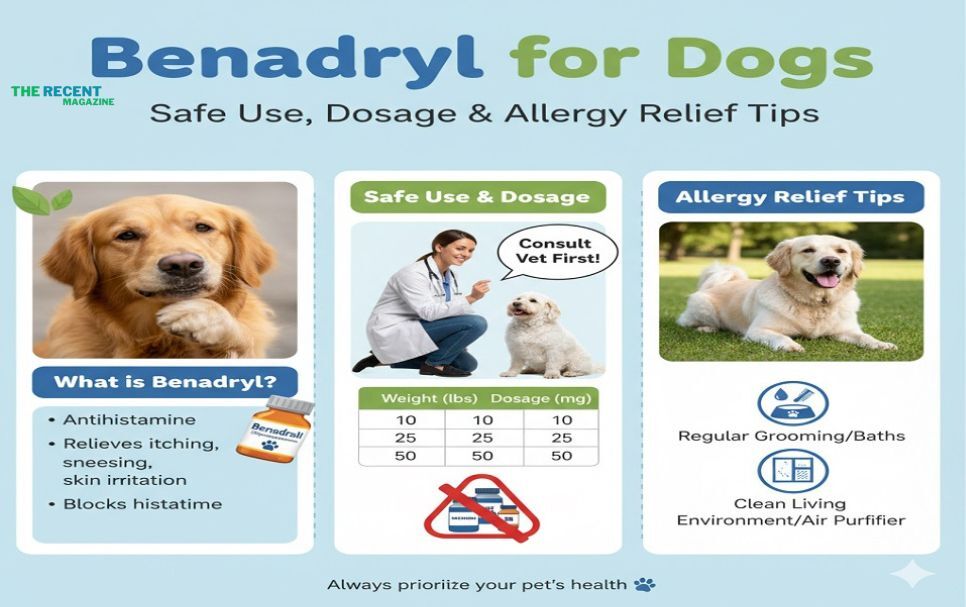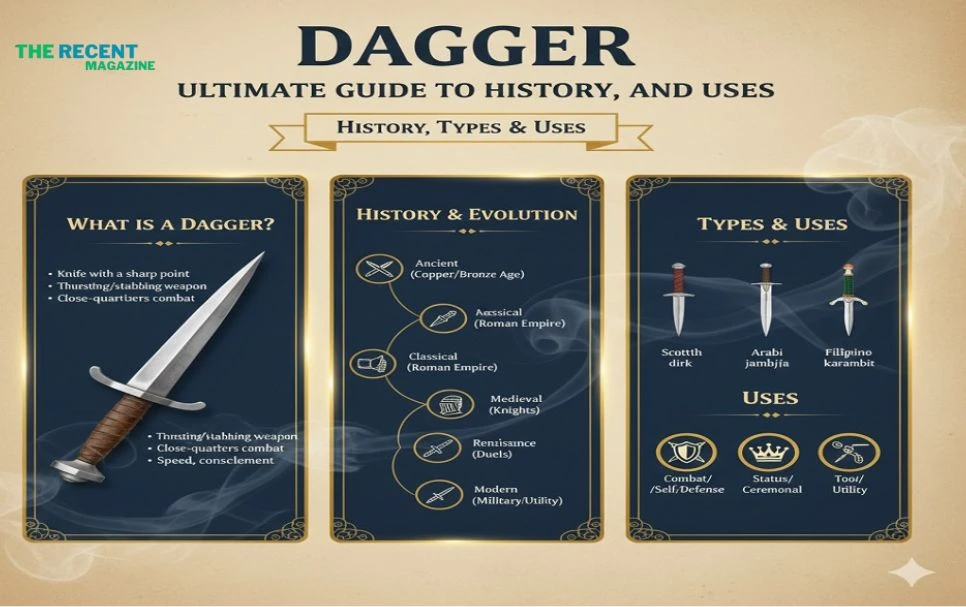Now Reading: Helix Piercing: Stunning Styles and Expert Aftercare Tips
-
01
Helix Piercing: Stunning Styles and Expert Aftercare Tips
Helix Piercing: Stunning Styles and Expert Aftercare Tips

Thinking about getting a helix piercing? You’re not alone.
This stylish cartilage piercing is a popular way to add a unique touch to your look. But before you take the plunge, it’s important to know what to expect from the piercing process to healing and aftercare. In this guide, you’ll discover everything you need to make the best choice for your ear and your style.
Ready to find out if a helix piercing is right for you? Keep reading!
Helix Piercing Types
The single helixpiercing is one hole on the upper ear cartilage. It is simple and popular for beginners. The double helixhas two holes close together on the ear’s upper curve. It gives a stylish look with matching jewelry.
The forward helixis placed on the ear’s front edge near the face. It offers a unique and eye-catching style. Industrial variationslink two piercings with a single barbell, usually crossing the ear’s upper cartilage. It looks bold and modern.
Visit Here: Rook Piercing Stunning Styles and Expert Aftercare Tips
Choosing Jewelry
Studs and hoopsare common choices for helix piercings. Studs sit close to the ear and are less likely to catch on things. Hoops circle around the ear’s edge and offer a bold look. Both need to be smooth and comfortable.
Material optionsinclude surgical steel, titanium, and gold. These metals are safe and reduce the risk of infection. Avoid cheap metals, as they may cause irritation or allergies.
Size and fitmatter a lot. Jewelry must fit snugly without squeezing the ear. Too tight can cause pain; too loose may fall out or snag. Choose sizes recommended by your piercer for the best healing.
Pain And Healing
Pain levelsvary with helix piercings. Most people feel a sharp pinchat first. The pain usually lasts a few seconds. Cartilage piercings hurt more than earlobe piercings. Factors like piercer skill, needle size, and your pain tolerance matter.
Healing takes about 3 to 6 months. Cartilage has less blood flow, so it heals slower. Avoid changing jewelry too soon. Keep the area clean with saline solution. Do not touch or twist the piercing.
| Signs of Infection | What to Do |
|---|---|
| Redness and swelling lasting more than a week | Clean gently and avoid irritants |
| Thick yellow or green pus | See a doctor for antibiotics |
| Severe pain or warmth around the piercing | Seek medical help immediately |
Aftercare Essentials
Clean the helix piercing twice a day with saline solution. Avoid using alcohol or hydrogen peroxide as they can irritate the skin. Gently pat dry with a clean paper towel instead of cloth to prevent bacteria.
Keep hair, hats, and headphonesaway from the piercing. Avoid swimming in pools or hot tubs until fully healed. Do not touch or twist the jewelry to reduce irritation and infection risk.
Look for signs like redness, swelling, pain, or pusthat last more than a few days. These may mean infection. Visit a professional piercer or doctor if problems occur. Early help can prevent complications.
Styling Tips
Mixing piercings creates a unique lookthat shows your style. Try combining a helix with a lobe or tragus piercing for varied textures and shapes. Choose jewelry in different metalslike silver and gold for contrast.
Layering jewelry adds depth and interest. Wear small hoops with studs or add tiny chains that connect multiple piercings. This creates a balanced, eye-catching stylewithout being too crowded.
Seasonal looks can be fun to try. In summer, pick bright colors and lightweight pieces. In winter, go for bold metals and darker tones. Change your jewelry to match your clothes or mood for a fresh feel all year.
Common Issues
Swelling and rednessare common after a helix piercing. The area may look puffy and feel warm. This usually lasts a few days. Keep the piercing clean to reduce swelling.
Allergic reactionscan happen if the metal irritates your skin. Metals like nickel often cause this. Use hypoallergenic jewelrylike titanium or gold to avoid allergies.
Piercing bumpsare small lumps near the piercing site. They may form due to irritation or trapped fluids. Avoid touching or twisting the piercing to help bumps heal faster.

Professional Piercing Advice
Choosing a skilled pierceris very important for a helix piercing. Look for someone who uses sterile toolsand follows strict hygiene rules. A good piercer will explain the process clearly and answer all questions.
During the piercing, expect a quick pinch or sting. The piercer will mark the spot and use a sterile needleto create the hole. The whole process takes just a few minutes. Staying still helps the piercer work safely.
After the piercing, keep the area clean with a saline solution. Avoid touching or twisting the jewelry. Healing usually takes 6 to 12 weeks. Watch for signs of infection like redness or swelling. Contact a professional if problems occur.
Frequently Asked Questions
How Painful Is A Helix Piercing?
A helix piercing causes moderate pain due to cartilage thickness. Most describe it as a sharp pinch lasting seconds. Pain varies by individual and piercer skill. Proper aftercare reduces discomfort during healing.
What Is The 3/2 Piercing Rule?
The 3/2 piercing rule means waiting three months before changing jewelry and two months between new piercings to ensure proper healing.
What Are The Downsides Of Helix Piercing?
Helix piercings may cause pain, swelling, and risk of infection. Healing takes weeks and requires careful aftercare. Cartilage damage or keloids can occur. Jewelry irritation or migration is possible.
How Long Does Helix Take To Heal?
Helix piercings typically take 3 to 6 months to heal fully. Healing time varies by individual care and body response. Proper aftercare speeds recovery and reduces infection risk. Avoid touching or rotating the piercing during healing. Consult a professional if unusual pain or swelling occurs.
Conclusion
Helix piercings offer a stylish way to express yourself. They heal slowly but look great once done right. Proper care helps avoid infections and keeps the piercing healthy. Choose jewelry that fits comfortably and suits your style. Remember, patience is key during the healing process.
Enjoy your new look with confidence and care.






















